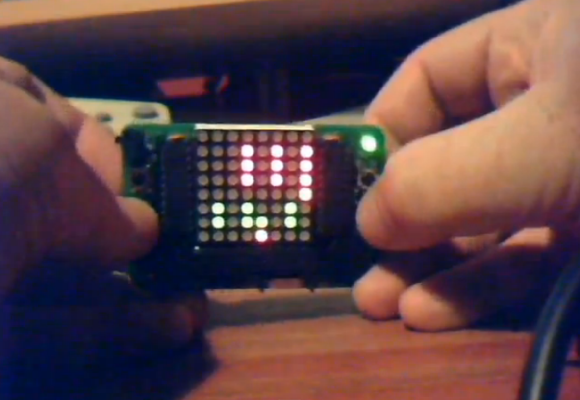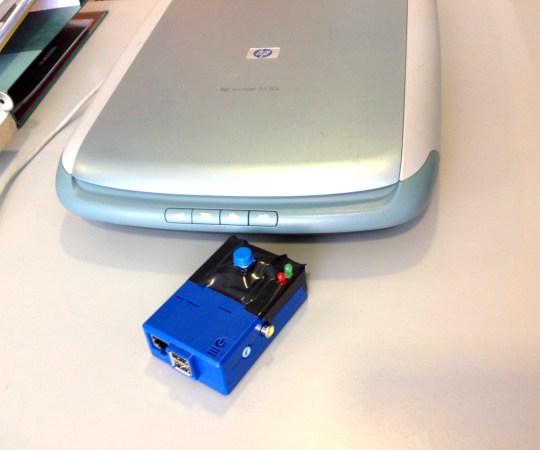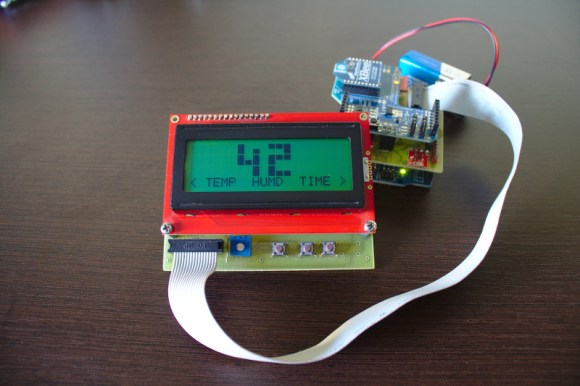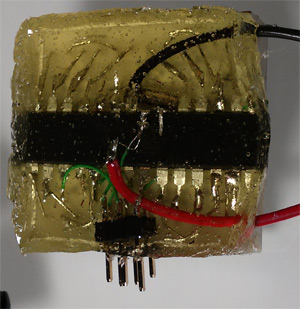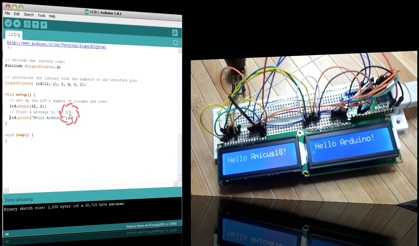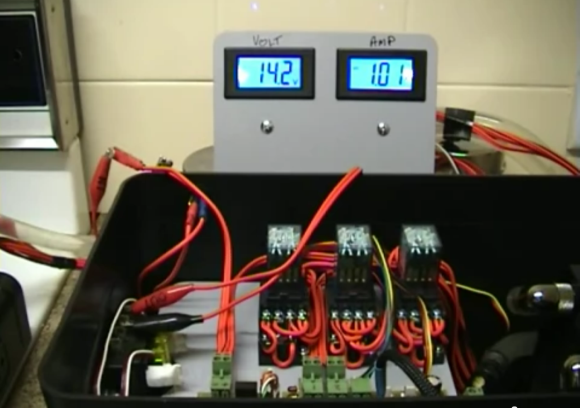
This is the control and monitoring hardware which [Jack] built for his campfire electricity generator. He’s done an amazing job to get this far. You can see he’s pulling 1 Amp at 14.2 Volts off of the system. But there one gotcha that’s still plaguing him.
The rig uses a big metal plate as a heat sink over the campfire (which is simulated by a cooking stove for testing). On the back of that plate is an array of Peltier coolers which generate electricity based on the temperature difference from one side to the other — it’s the same theory behind candle generators. The cold side has a heat sink with water running through it. What you see above are three relays which switch between using the Peltiers in series or in parallel based on their voltage output. You can’t really make it out there but there’s a radiator and recirculating pump to the right which are used to cool the water. The gotcha we mentioned is that the radiator can’t quite keep up with the heat of the fire. To get the results seen above [Jack] is running cold water from the tap through the radiator. But maybe if this were used in the winter the water could be circulated through a big box full of snow. Just keep shoveling it in to keep up the electrical potential!
After the break we’ve embedded part four of the project video as it shows off the array of peltier coolers quite well. You will also see part five (radiator and recirculating pump testing) from which this image was taken.
Continue reading “Peltier Campfire Generator Put Out 14W (kind Of)”

